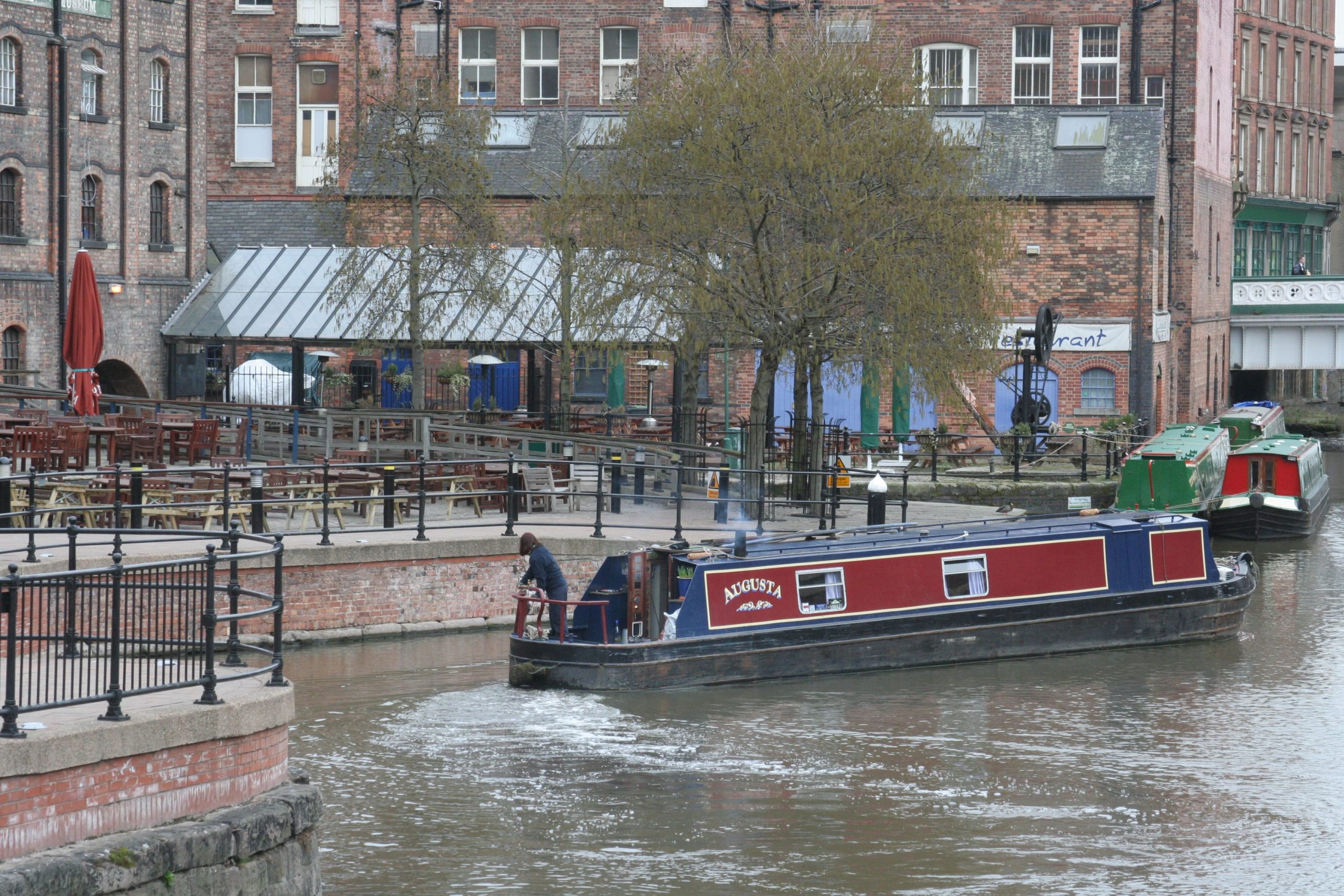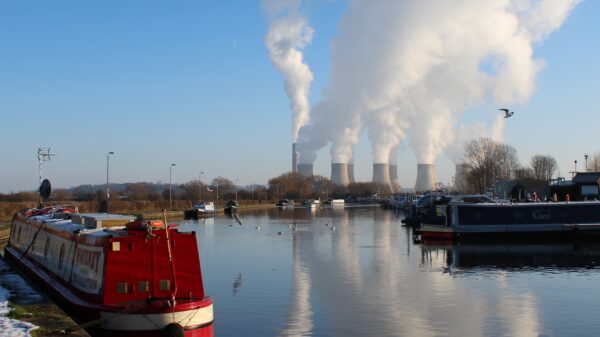From the Cromford Canal to the river Trent
The Nottingham Canal originally extended from a junction with the Cromford Canal just above its junction with the Erewash Canal at Langley Mill to the Trent at Nottingham, but most of it has been closed and filled in.
There now remains a 2½ mile (4 km) length through central Nottingham from Lenton Chain to the Trent, which is a bypass for a partially unnavigable stretch of the Trent.
The Act of Parliament for the Nottingham Canal was passed in 1792 and the waterway was opened in 1796. The canal provided the city with a direct link to the coalfields around Ripley, Eastwood and Ilkeston.



